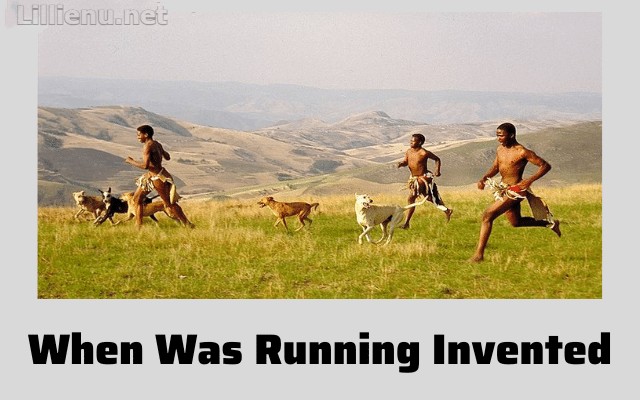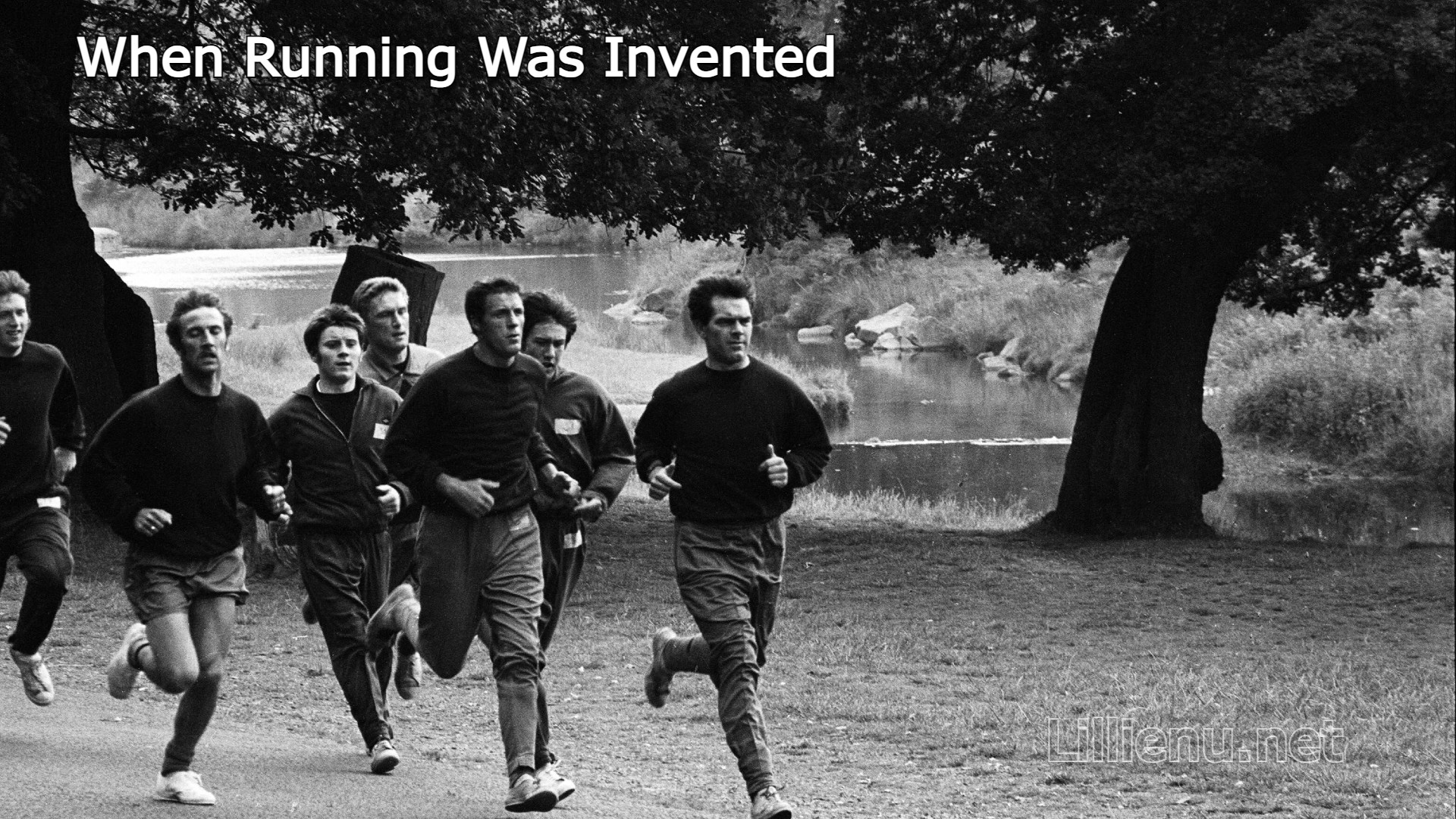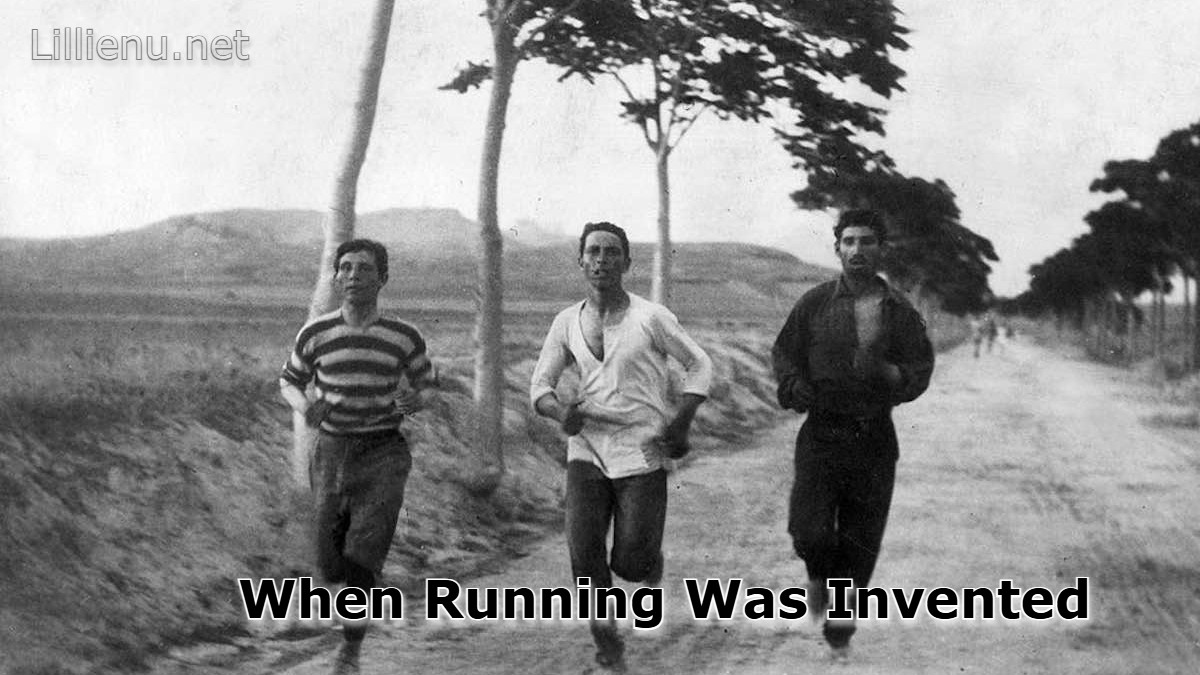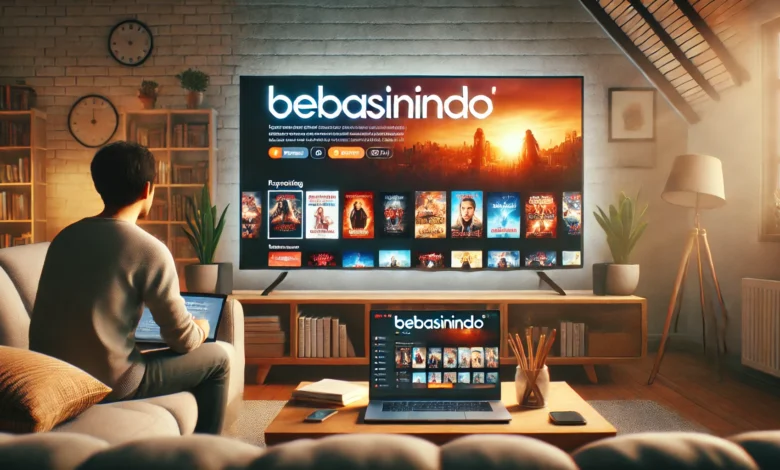When Running Was Invented, it wasn’t an event, but rather an evolutionary milestone. Running is an intrinsic part of human movement that has played a crucial role in the survival and progress of humanity.
It has allowed humans to hunt, explore, and communicate throughout history. Over time, running transformed from a survival tool into a sport and a method of maintaining physical fitness.
In this article, we will explore key moments in human history that defined when running was invented and its impact on modern life.
The Dawn of Human Movement

When Running Was Invented, it began as a basic human necessity. Early humans relied on running for essential tasks such as hunting for food and evading predators.
It was a natural, instinctual behavior necessary for survival in the wild. As humans began to develop as a species, they used their ability to run as one of the key factors in the evolutionary process.
The Evolution of Bipedalism
Human running is intricately tied to our ability to walk on two legs, a trait known as bipedalism. Over millions of years, the structure of the human body adapted to upright movement. When running was invented as a result of bipedalism, humans could stand upright, and over time, they developed the physical capacity to run efficiently, which greatly enhanced their ability to hunt and survive in their environments.
Running as a Survival Mechanism
Early humans didn’t just run for fun—they ran because their lives depended on it. When running was invented, it was essential for gathering food, escaping predators, and traversing vast landscapes.
Running was a necessary skill in the prehistoric world, allowing humans to chase prey over long distances (a technique known as persistence hunting) or flee from dangerous animals. This skill helped shape early human societies and their success as a species.
Running in Ancient Civilizations
As civilizations formed, the role of running evolved. When running was invented in the context of early societies, it wasn’t just for survival anymore.
Ancient cultures, including the Greeks and Romans, valued running as a form of entertainment, physical training, and competition. The first Olympic Games, held in 776 BCE, were a clear example of how running became a central part of competitive sports and cultural celebrations.
The Olympic Games and Ancient Greece

The ancient Greeks were some of the first to truly formalize running as a competitive sport. When running was invented as part of the ancient Olympic Games, it became an organized event with clear rules and expectations.
The footrace, known as the “stadion,” was a significant part of the early Olympic Games and symbolized the Greek ideal of physical prowess and competition. These games laid the foundation for modern athletics.
Running in the Roman Empire: Military and Cultural Importance
In the Roman Empire, running took on a dual role. When running was invented in Roman society, it was used as a military exercise to keep soldiers fit for battle. Roman soldiers practiced running long distances to build endurance and strength.
On the other hand, the Romans also incorporated running into their entertainment culture. Foot races were popular at gladiatorial events, showcasing human endurance in a different light.
The Medieval Period: Running in Local Games
During the Middle Ages, running was less structured as a competitive sport, but it was still an essential form of movement. When running was invented during this time, it was used for practical purposes such as transportation and communication.
However, local festivals and games often included informal foot races, which laid the groundwork for the reemergence of organized sports in the future.
The Renaissance and the Revival of Physical Fitness
The Renaissance period marked a time of renewed interest in the human body and physical fitness. When running was invented as part of this cultural shift, people began to recognize the importance of exercise.
While running was still informal, physical health was increasingly celebrated, leading to a more structured approach to fitness that would come to fruition in the modern era.
The Birth of Modern Track and Field

The 19th century saw a significant transformation in how running was viewed. When running was invented as part of formal sports, it became organized into track and field events.
This period marked the creation of standardized distances for races such as the 100-meter dash and the marathon. The first modern Olympic Games in 1896 revitalized running as an international sport, paving the way for athletes to compete on the world stage.
Long-Distance Running and the Marathon
The marathon has a long and storied history. When running was invented as an event specifically for endurance, the marathon emerged as a test of human stamina.
Inspired by the ancient Greek legend of a soldier running from the Battle of Marathon to Athens, the modern marathon has become one of the most iconic running events in the world. The marathon exemplifies how running has evolved from a survival skill to a celebrated competitive sport.
The Running Boom of the 1970s
The 1970s was a defining decade for recreational running. When running was invented as a fitness trend, it took off globally, with millions of people beginning to jog for health reasons.
This period, often referred to as the “Running Boom,” brought running into mainstream culture as a method of exercise. The popularity of running clubs, 5K races, and marathons skyrocketed, encouraging people of all ages and backgrounds to embrace the sport.
Running in the 21st Century: The Rise of Technology and Tracking
In the modern era, running continues to evolve with the integration of technology. When running was invented as a competitive activity, it has transformed into an even more sophisticated sport, with GPS trackers, heart rate monitors, and fitness apps that help runners monitor their performance and track their progress.
Wearable technology, like smartwatches, has become a key tool for runners, enhancing their experience and motivating them to run longer distances.
Running for Mental and Physical Health

Running is no longer just about competition. When running was invented, it was seen as an essential part of survival, but today, it serves a broader purpose. Running is widely recognized as a fantastic way to improve both mental and physical health.
Regular runners report improvements in cardiovascular health, stress relief, mood regulation, and overall well-being. It has become a practice for self-care and a coping mechanism for dealing with life’s stresses.
The Global Running Community: Charity Runs and Social Impact
Running events, such as marathons and fun runs, have grown into significant global phenomena. When running was invented, it was an individual pursuit, but today, it brings together millions of people for a common cause.
Charity runs, virtual races, and local events unite people from all walks of life to raise money for various causes. Running now has a powerful social and charitable aspect that benefits both individuals and communities.
The Future of Running: What Lies Ahead?
The future of running is bright and full of promise. When running was invented, it started as a survival necessity, but as time has gone on, it has blossomed into an organized, competitive, and widely embraced activity.
The future will see further advancements in technology, sustainability, and accessibility. Virtual racing, eco-friendly running gear, and personalized training plans will continue to shape the world of running.
Conclusion

When running was invented, it was not a single event but a gradual process that spanned millions of years. From the dawn of human evolution to the modern running boom, running has evolved from a survival mechanism to a global sport and wellness activity.
Whether for fitness, competition, or charity, running remains an essential part of human life, shaping both individual lives and society as a whole.
FAQs
Q1: When did humans first start running?
Humans began running as early as their evolutionary origins, using it for survival—hunting, escaping danger, and traveling long distances.
Q2: What is the history behind the marathon?
The marathon has roots in Ancient Greece, inspired by a soldier’s run from the Battle of Marathon to Athens. It became an iconic long-distance race in modern times.
Q3: Why did running become popular in the 1970s?
The 1970s saw a surge in the “Running Boom” due to a greater focus on fitness, health, and recreational running, with many people taking up jogging for exercise.
Q4: How has running evolved in modern times?
Running has evolved from a survival skill to a competitive sport, and now, it is a widely embraced fitness activity with the aid of technology like GPS and fitness trackers.
Q5: What are the health benefits of running?
Running improves cardiovascular health, boosts mental well-being, helps with weight management, and increases overall fitness, making it an excellent form of exercise.





